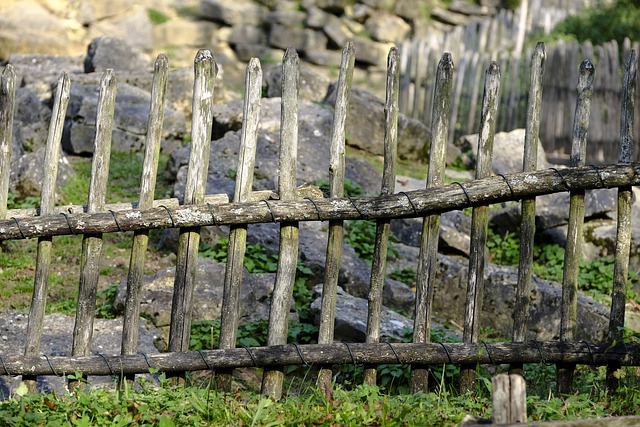In New Bedford, MA, a residential fence can be both an investment in your property’s security and an enhancement to its aesthetic appeal. This guide delves into the essential aspects of residential fence installation, focusing on meeting your unique needs. From understanding local regulations to selecting the ideal company, we’ll walk you through the process. Learn how to choose a reputable installer, discover the step-by-step installation process, and find out the best care practices to ensure your new fence stands the test of time.
- Understanding Residential Fence Needs in New Bedford
- Choosing the Right Installation Company
- The Installation Process: Step-by-Step Guide
- Post-Installation Care and Maintenance Tips
Understanding Residential Fence Needs in New Bedford
In New Bedford, understanding residential fence needs involves considering several factors unique to the area. Homeowners often seek fences that blend functionality with aesthetic appeal, aligning with local zoning regulations and neighborhood aesthetics. The climate plays a significant role; a fence should endure harsh winters and hot summers, requiring materials robust enough to withstand seasonal changes. Additionally, coastal areas like New Bedford may necessitate treatments to protect against salt air corrosion.
Privacy, security, and safety are paramount concerns for many homeowners. Fences act as barriers not just against intruders but also to safeguard children and pets. The choice of fence type—wooden, vinyl, chain-link, or iron—is influenced by these considerations alongside budget constraints. Local landscape and personal preferences further tailor the design and style of fences, ensuring they complement the overall look and feel of New Bedford residences.
Choosing the Right Installation Company
When choosing an installation company for your residential fence, it’s crucial to consider their experience and expertise. Look for companies that specialize in fence installation and have a proven track record in New Bedford, MA. Ask for references from previous clients and check online reviews to gauge their reputation. A reliable company should be able to provide you with a variety of fence options, offer transparent pricing, and ensure the work is done professionally and safely.
Additionally, verify if the company has the necessary licenses and insurance coverage. This protects you from potential risks and ensures that the installation process adheres to local building codes. Efficient communication is also key; choose a company that values your input, provides clear project timelines, and keeps you informed throughout the installation process.
The Installation Process: Step-by-Step Guide
The installation process for a residential fence typically involves several key steps to ensure a sturdy and secure barrier. It begins with a thorough site evaluation, where professionals assess the area to be fenced, considering factors like terrain, existing structures, and local regulations. Based on this assessment, they provide a tailored design and material recommendation suitable for your needs.
Next, the team prepares the ground, removing any obstacles and ensuring it’s level. They install posts, which serve as the fence’s foundation, using concrete to secure them in place. The actual fencing is then assembled, often in sections, with each piece carefully aligned and connected to create a continuous barrier. Finally, gates and other accessories like locks or privacy panels are added, completing the installation process and providing homeowners with their desired outdoor security and aesthetic appeal.
Post-Installation Care and Maintenance Tips
After your new fence is installed, regular care and maintenance will ensure its longevity and maintain its appearance. Start by cleaning the fence regularly to remove dirt, debris, and any accumulated leaves. Use a soft brush or garden hose to gently wash the fence, avoiding high-pressure washers which can damage the material.
Inspect your fence at least once a month for any signs of wear, rot, or damage. Repair or replace any broken boards, posts, or rails immediately. Keep the area around the fence clear of overhanging branches and vegetation to prevent them from causing damage or blocking the fence’s aesthetic appeal. Lastly, consider sealing or staining the fence according to the manufacturer’s recommendations to protect it from the elements and enhance its color and durability.
